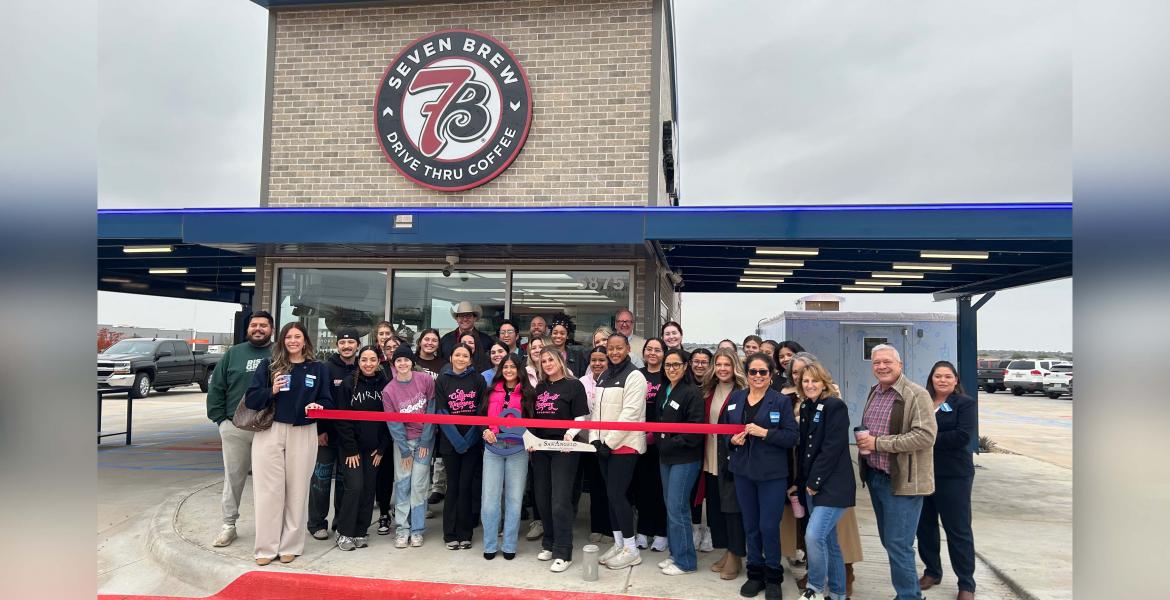SAN ANGELO, TX -- The Concho River Water Project is a move to extend San Angelo’s sources beyond its lakes and the Hickory Aquifer. It will do so by adding a reliable and sustainable source that will help meet water needs for decades to come.
According to a press release, the project involves releasing highly treated water from the City’s wastewater treatment plant into the Concho River. After it has flowed down that “natural pipeline,” the water will be recouped farther downstream. From there, it will be piped to the water treatment plant, where it will be treated to drinking standards.
“This is water San Angelo already has,” said attorney Jason Hill, the City’s special counsel for water. “We’re just able to make better use of it. It’s a win-win for the community.”
Currently, the City of San Angelo delivers 100 percent of its wastewater to the Tom Green County Water Control and Improvement District No.1 in Veribest, TX in exchange for surface water in Twin Buttes Reservoir. Twin Buttes is owned by the federal Bureau of Reclamation who is also a party in the water exchange contract. When the City takes back the wastewater, the farmers in the WCID will begin using surface water from Twin Buttes when it is available.
On Sept. 18, the City Council unanimously agreed to pursue state permits that will ensure the water is treated to adequately high standards before its release into the river.
Prior to recommending the Concho River project, engineers and City staff studied 24 possible water supplies. Those included surface water, groundwater and direct reuse. The experts and City officials concluded the Concho River Water Project is a reliable and cost-effective source, will produce water with an improved taste, can be developed relatively quickly, and utilizes proven science. Cities have long released their treated wastewater downstream into streams, rivers and lakes. Treated wastewater from Ballinger, Robert Lee and Winters, for instance, flows into San Angelo’s primary water source, Ivie Reservoir.
“We are releasing it into the Concho so we have what we call an environmental buffer,” said Scott Hibbs, principal water resource engineer with eHT, an Abilene engineering firm. “So we’re letting Mother Nature take care of some of the treatment aspects.”
Securing state permits could take as little as two to three years. Completing the entire project could take about five years and will cost about $120 million dollars. That includes upgrades to the water and wastewater treatment plants. Those improvements would be needed regardless of which new water source was chosen.
When completed, the Concho River Water Project will produce about 7.5 million gallons per day. By comparison, the Hickory Aquifer is currently capable of producing 8 million gallons per day, although that is being expanded to 12 million gallons. San Angelo averages about 12 million gallons of daily usage.
Work continues by the West Texas Water Partnership to develop a long-term source that can serve San Angelo, Abilene and Midland. The Concho River Water Project will help meet local water demands for about the next 50 years.
“This takes San Angelo a long ways down the road of water security,” Hill said. “And when I say a long ways, I’m talking generationally … 2060, 2070.”
The project will also diversify San Angelo’s portfolio of water sources. Because the City will not be dependent upon any one source of water, San Angelo will be better able to weather times of drought.
Subscribe to the LIVE! Daily
Required






Comments
Listed By: American B@d455
Ahhh... COOL... *pours chlorine smelling refreshment-takes sip*, REFRESHING... *spits out gravel*, CITY.... *grows tumor rapidly*, WATER... *dies, then glows in the dark*
- Log in or register to post comments
PermalinkListed By: American B@d455
http://www.metacafe.com/embed/5378456/bill_murray_snl_classic_commercial/
- Log in or register to post comments
PermalinkListed By: Ken Phonetic
What the city Council isn’t telling you is that this toilet to tap project will be extremely expensive when you calculate dollars per gallon compared to any other project. What they also fail to mention is that 30% of the toilet water they process will be so toxic that it has to be trucked out of the city and dumped down abandon oil wells. How cost effective or environmentally friendly is that? If your wondering where I get this information it comes from sitting in the city Council meeting two years ago listening to the company that’s providing the facilities to clean the sewer water. Don’t believe everything the city council is feeding you. It will cost the tax payers more than it’s worth for something that won’t be used and if it is used do you want to drink it?
- Log in or register to post comments
PermalinkPost a comment to this article here: